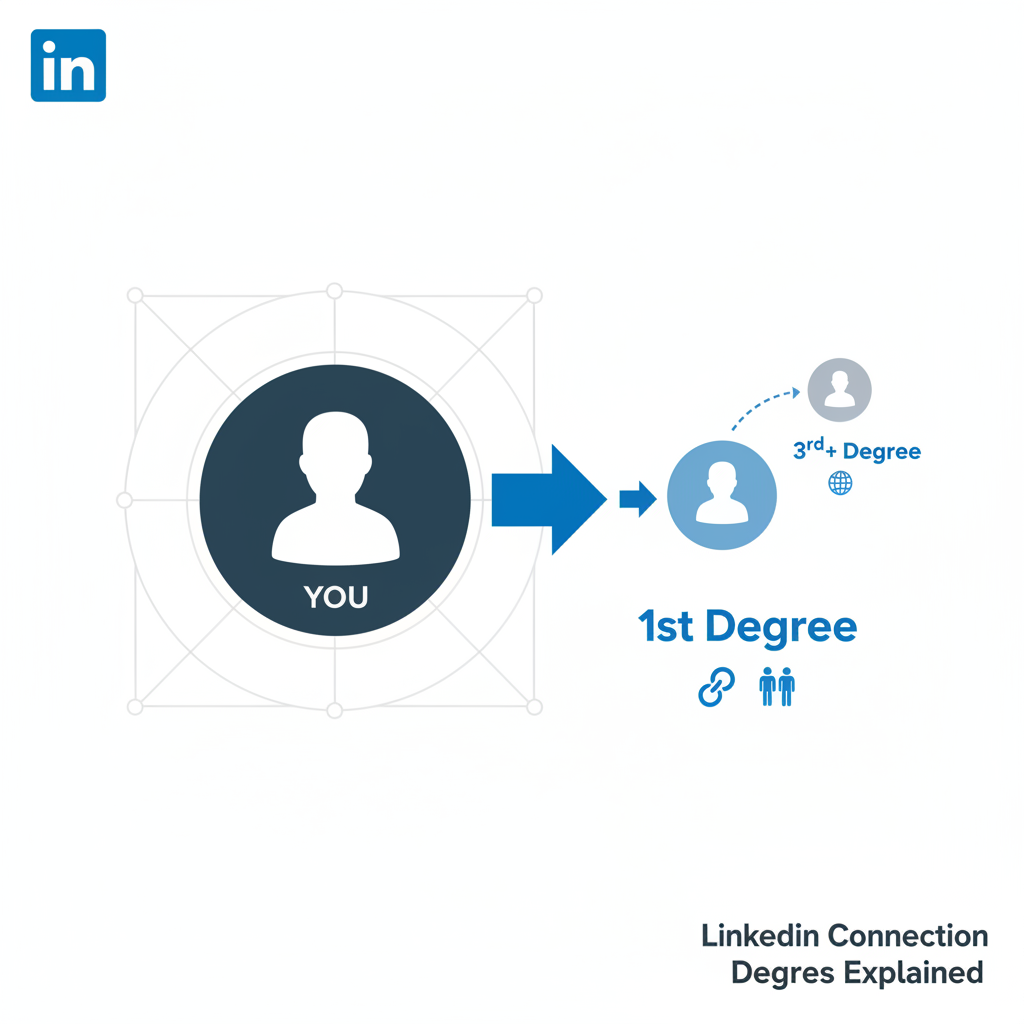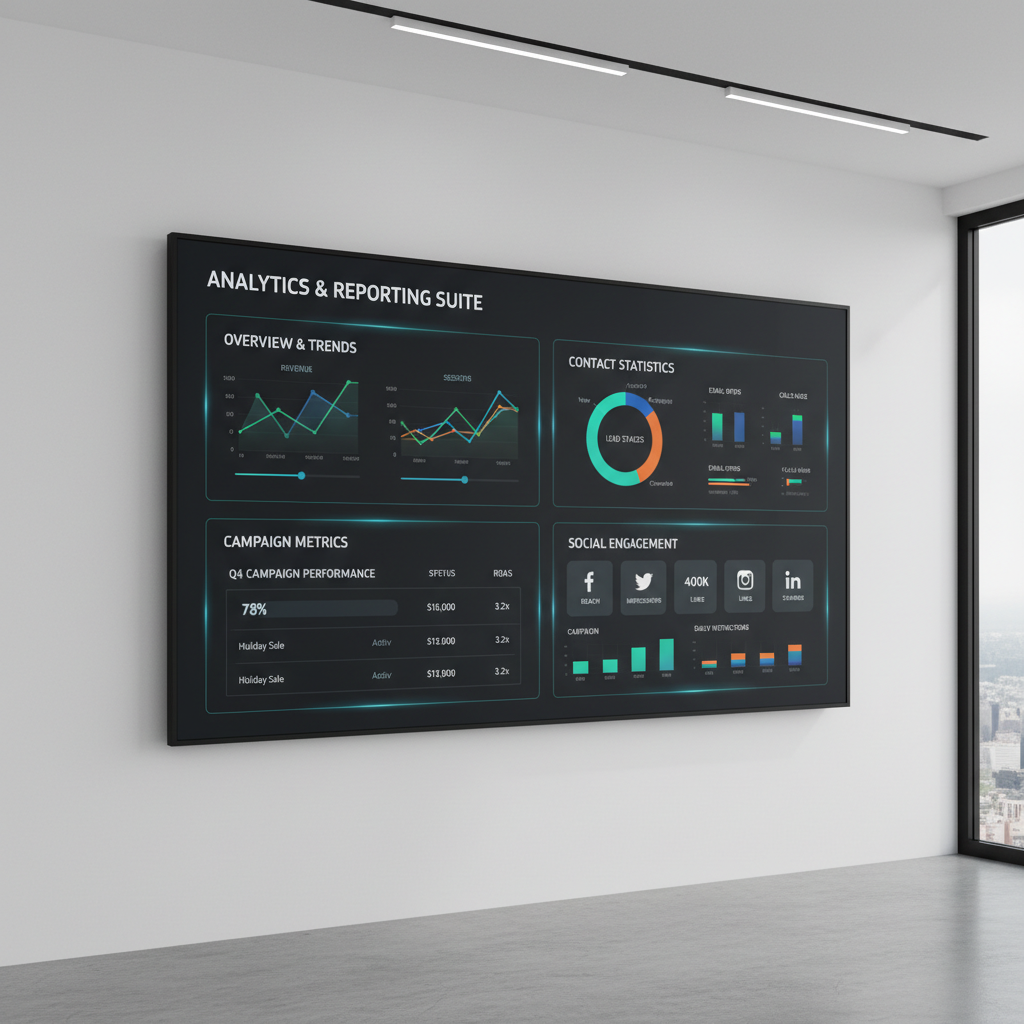How to Connect with 3rd Connections on LinkedIn
Learn effective strategies to connect with 3rd degree contacts on LinkedIn using search filters, groups, events, and personalized outreach tactics.

Understanding What 3rd Connections Mean on LinkedIn
Expanding your professional network on LinkedIn often means moving beyond your immediate contacts. A 3rd connection on LinkedIn is someone who is linked to your network through two other people — essentially three steps away in the platform’s degrees of separation. Understanding how these connections work, and how to approach them, can open doors to new opportunities, partnerships, and career growth.
LinkedIn connections fall into three primary categories:
- 1st degree: You’re directly connected.
- 2nd degree: You share at least one direct connection.
- 3rd degree: You’re connected to someone who has a direct link with one of your own connections.
While you typically cannot message 3rd degree connections directly without tools like InMail or open profiles, strategic methods can help you bridge the gap in a professional, non-intrusive way.

---
Leveraging LinkedIn Search Filters to Find 3rd Degree Connections
One of LinkedIn’s most underutilized features is its advanced search filters. By filtering specifically for "3rd" degree under the Connections filter, while refining by keywords, industry, or location, you can target people who are outside your immediate network yet relevant to your goals.
Steps to apply advanced filters:
- Use the search bar and type a relevant keyword (e.g., “marketing manager fintech”).
- Click All Filters.
- Under Connections, select "3rd."
- Add parameters such as location, current company, or industry.
- Click Show results to see your tailored list.
This process allows you to identify high-value prospects for outreach or collaboration.
---
Using Shared Groups, Events, or Hashtags to Create Rapport
When you lack a direct connection, shared contexts can help build rapport with 3rd degree contacts:
- Join niche-specific groups in your industry.
- RSVP to LinkedIn events where your prospects participate.
- Follow hashtags they use and engage with related content.
These activities create organic touchpoints prior to sending a connection request, demonstrating mutual interests and subject matter alignment.

---
Exploring Mutual Connections for Warm Introductions
Mutual introductions are a high-conversion tactic for reaching 3rd degree connections.
If you share a contact, message them first:
> “Hi Sarah, I noticed you’re connected with John Miller. I’d love to learn more about his work in renewable energy. Would you be open to introducing us?”
These warm introductions act as implicit endorsements, improving the likelihood of a positive response.
---
Crafting Personalized Connection Requests
Avoid LinkedIn’s generic connection message. Instead, tailor your request to the context or recent interactions.
Personalization tips:
- Reference a shared group, event, or topic.
- Note something specific from their recent posts or profile.
- Keep your message polite and concise.
Example:
> “Hello Priya, I came across your post on AI ethics in supply chains and found your perspective insightful. I’d love to connect and exchange ideas.”
---
Engaging with Their Content Before Sending Invitations
Pre-engagement can make your name familiar and increase acceptance rates. For 1–2 weeks before sending a request:
- Like and thoughtfully comment on their posts.
- Share their content with added insights.
This “warm up” phase positions you as genuinely interested in their expertise.
---
Joining Relevant LinkedIn Groups to Connect with 3rd Degree Contacts
Joining active groups within your niche or industry makes it easier to interact with 3rd degree connections through discussions and direct messaging.
How to join:
- Search relevant keywords in LinkedIn’s search bar.
- Filter results to Groups.
- Join and participate regularly.
Regular contributions can help you stand out as a credible professional in your space.
---
Utilizing LinkedIn Premium (InMail) for Direct Outreach
When organic methods aren’t enough, LinkedIn Premium plans, including Sales Navigator, offer InMail credits to message people outside your network.
Effective InMail tips:
- Keep messages under 300 words.
- Use a punchy subject line.
- Offer a clear value proposition.
| LinkedIn Plan | InMail Credits/Month | Extra Features |
|---|---|---|
| Premium Career | 5 | Applicant insights, interview prep tools |
| Premium Business | 15 | Business insights, unlimited searches |
| Sales Navigator Professional | 50 | Advanced lead & company search |
---
Posting Valuable Content for Inbound Requests
Publishing niche-relevant, high-quality content can draw 3rd degree connections to you.
Content ideas:
- Share industry case studies.
- Publish articles with actionable tips.
- Create carousel posts or short videos for visibility.
Consistent, insightful posting encourages prospects to connect with you directly.

---
Measuring Outreach Success and Improving Strategy
Track and review key metrics:
- Connection request acceptance rate
- Response rate to messages
- Engagement rate from new connections
Adapt your tactics based on results — refine personalization, content type, and frequency to improve outcomes.
---
Best Practices and Etiquette
Maintain professionalism when expanding to 3rd degree contacts:
- Respect declines; avoid repeated requests.
- Avoid overt sales pitches initially.
- Keep comments relevant to discussions.
- Show appreciation for introductions and responses.
---
Conclusion
Reaching out to 3rd connection LinkedIn profiles is about combining strategic tools with authentic engagement. By using advanced search filters, leveraging shared spaces, seeking warm introductions, creating personalized requests, and posting valuable content, you can successfully extend your influence and opportunities beyond your immediate network.
Quality relationships, not sheer quantity, drive the best results. Start implementing these methods today to unlock the full potential of LinkedIn’s extended network.




